|
Building and maintaining transportation infrastructure is a core function of government and one that NAIOP Arizona strongly supports. Our members require a modern, efficient transportation system to move freight and people. Distribution centers and manufacturing facilities must move their goods out to market quickly. For office projects, retail establishments, and multifamily housing to be successful, people must be able to move efficiently between work and home and to shopping and entertainment. NAIOP Arizona is on the front lines representing our members in the major debates over transportation. Proposition 400 – Maricopa County Sales Tax for Transportation Proposition 400 was passed by Maricopa County voters in November 2004 and authorized a 20-year half-cent sales tax for transportation projects throughout the county. As we approach the expiration of this dedicated tax, stakeholders are meeting regularly at the state legislature to hammer out a proposal that can be sent to the voters. Former Governor Doug Ducey vetoed a proposal last year, so there is a renewed sense of urgency to craft a revised bill that can pass through the legislature and get signed by Governor Katie Hobbs. At issue is how much funding should be allocated to light rail and other transit projects relative to funding for highways and arterial roads. Other key topics are how much flexibility to provide the Maricopa Association of Governments (MAG) to fund unidentified projects in the outyears and how to ensure high priority projects are expedited. State Route 30 SR 30, the Tres Rios Freeway, is critical to the West Valley, especially to NAIOP’s members developing industrial projects in this area. The purpose is to ease traffic congestion by increasing the east-to-west freeway capacity with a supplemental transportation link to I-10. As planned, SR 30 is divided into three segments: West (SR 85 to Loop 303), Center (Loop 303 to Loop 202), and East (Loop 202 to I-17). Of these, the Center section is the farthest along with significant planning, scoping, environmental, utility, and right-of-way work completed. Unfortunately, under current plans, the entire project would not be completed until 2050. NAIOP, along with other business stakeholders, is pushing to dramatically speed up this critical project. Arizona Department of Transportation (ADOT) 5-Year Construction Program ADOT is accepting input on its Tentative Five-Year Construction Program covering 2024-2028. NAIOP will be participating in this process by submitting formal comments and attending the hearing of the State Board of Transportation on May 19. The proposed $7.7 billion statewide program includes an investment of $2.6 billion in pavement and bridge preservation projects and allocates $669 million to widen highways and improve interchanges. Included in this is the Maricopa County Regional Transportation Plan Freeway Program (RTPFP), which is funded by a combination of Prop 400 monies, ADOT funds, and federal highway funds. The RTPFP includes new freeway corridors to serve growth in the region and improvements to the existing system of freeways and highways to reduce current and future congestion and improve safety. Also included in the Tentative Five-Year Plan are the Pima County Regional Transportation Authority Highway Program and the Airport Development Program.
0 Comments
NAIOP Arizona CEO Testifies in Committee Hearing
In response to growing concerns over housing affordability throughout the state, the Arizona legislature created a Housing Supply Study Committee during the 2022 session. The committee consists of select members of the State Senate and House of Representatives, the Director of the Arizona Department of Housing, city mayors, and representatives of housing advocacy groups. In recent months, the Committee has met and solicited input from industry and subject matter experts in an effort to address Arizona’s housing shortage and to mitigate its causes. The final hearing took place on December 6, 2022 and the committee will issue a report by year-end. NAIOP Arizona’s President and CEO, Suzanne Kinney, was invited to provide expert testimony on the economic development and business attraction implications of the rising cost of housing and offer solutions to mitigate the problem. In summary, housing affordability has historically been an advantage for Greater Phoenix relative to competitor markets. That has changed. Dallas, San Antonio, Las Vegas, Salt Lake City, and Atlanta build multifamily units faster than Greater Phoenix. For example, Dallas has brought three times more units online than Phoenix in 2022. If we don’t provide a steady supply of affordable housing, we risk falling further behind our competitors. Companies looking to expand into Phoenix are increasingly concerned about where their employees will live. The big announcement of Taiwan Semiconductor’s (TSMC) second-stage investment means that 10,000 direct workers and those employed by suppliers will require housing. There may be several more stages to TSMC’s full build-out. In addition to TSMC acquiring entire apartment buildings near the factories, their suppliers are looking to Pinal County, particularly Casa Grande for their operations. On top of this, Pinal County is expecting the electric vehicle industry to create 7,800 job opportunities as a result of Lucid and Nikola’s market expansion and another 3,800 from other advanced manufacturers. With new employees flooding the region, the time required to bring new housing units online must be reduced to avoid employees living in temporary housing. Population growth has exceeded the projections contained in most cities’ general plans, especially given the rapid post-pandemic growth. Cities simply can’t meet the housing demand without accepting denser multifamily development in areas currently zoned for single-family residential. Rent is a function of basic supply and demand. An increase in new units would restrict the rate of cost increase for renting older units. New units absorb top market Class A demand, allowing older units to remain an affordable option for the workforce. Greater Phoenix is on the cusp of becoming a true Tier 1 city. We have the benefit of learning from older cities that achieved that status long ago. Those learnings include what NOT to do. DON’T put up artificial barriers to building new housing at all price levels, such as stretching out the zoning process at the city level or requiring costly amenities, large unit sizes and elegant façades for all multifamily projects. DON’T impose complex schemes that have failed elsewhere, such as price controls. DO be realistic that growth is coming, and DO be prepared for it by building now. Many of the decisions and barriers are at the city level. State legislation can be a tool to incentivize cities to allow more multifamily development by speeding up zoning processes, updating their general plans to meet the new realities of population growth, and approving projects with more density and affordable units. Watch Suzanne's full testimony below. Proposition 129, which will appear on the General Election ballot this year, will strengthen democracy by enabling voters to express clear intent on a single issue.
In recent election cycles, out-of-state special interests have manipulated Arizona’s ballot initiative process by hiding their true motives and misleading voters. They are doing this in two ways. First, by including multiple topics within a single ballot initiative. Second, by giving their initiatives titles that sound benign or even appealing, but do not accurately express how the measure would change Arizona’s laws. Proposition 129 would end this type of election fraud by limiting initiatives to a single subject and requiring the subject to be clearly expressed in the title. Over the years, voters have repeatedly been faced with false choices. Voters have had to make a choice to support or oppose an initiative in its entirety even when they may favor some parts but have serious concerns with others. Arizonans deserve to vote for or against important policy issues, one issue at a time. Under Proposition 129, groups would retain the same rights that allow them to put measures on the ballot. The only difference is that they would need to separate issues into more than one initiative if the issues are not directly related. This will make the process clearer and fairer as was intended by the framers of the Arizona Constitution. Proposition 129 also aligns with the long-standing legislative process that requires a bill to address a single subject. This process has worked well in the state legislature for many years by limiting logrolling and increasing transparency for all stakeholders. It will have similar benefits for voters. Limiting an initiative measure to a single subject and requiring the subject to be expressed in the title of the initiative measure will empower citizens to make a distinct choice and ensure their voice is heard on each potential change to Arizona law. With Proposition 129 in effect, voters will have the peace of mind that comes with supporting ideas they value without having to accept convoluted measures that cover too many topics. This single-subject initiative plan is good for democracy because it will increase voter participation, by making initiatives easier for voters to understand. On Friday afternoon, after a protracted court battle, the Arizona Supreme Court affirmed an amended ruling by the Maricopa County Superior Court that the misleadingly named "Arizonans for Free & Fair Elections" ballot initiative fell 1,500 signature short of the required amount and would, thereby, be removed from the November ballot. This is excellent news for NAIOP member companies and business more broadly. This lengthy, convoluted initiative funded by out-of-state tech industry billionaires, would have opened up Arizona’s election process to potential manipulation. Of particular concern, is that this Act would have limited legal reviews of initiative petitions, making it more likely that fraudulent or misleading measures could make it onto the ballot. It would have made it easier for paid petition circulators to avoid complying with the law on how, where, and when signatures must be collected, increasing the risk that petitions with forged signatures, multiple signatures from the same person, or other problems would be accepted.
As the courts determined, even the signature collection process for "Arizonans for Free & Fair Elections" had serious flaws. Not having this measure on the 2022 ballot will help protect business from future ballot initiatives that contain harmful new taxes and regulations.
A Call to Action At NAIOP Arizona, we wholeheartedly embrace our duty to make our members aware of the importance of voting. Throughout the legislative session, and especially during the election season, we actively work to educate our membership on important issues and use feedback to best represent our members' interests. We ask for your support in making your voice heard on the candidates you feel best represent our home state of Arizona. The August 2 primary is the first election based on new districts drawn once every ten years, using data from the most recent (2020) Census. In several races, these new districts place incumbents from the same party that used to be in different districts in the same district, competing against each other.
If you do not request a ballot by this date, you may go to the polls on election day or any in-person early voting station and make your selections there.
Arizona has an open primary system, making it of utmost importance for people to get out and vote. An interesting fact: 34.4 percent of all registered voters in Arizona are independents or otherwise not affiliated with either major party. These voters can choose to vote in either the Democratic or Republican primary by requesting an early ballot through the Maricopa County Recorder’s* office or at the polls on Election Day. This primary election will largely determine how well the Legislature will function. Historically, voter turnout during the primaries tends to be low, with only a 36.4 percent turnout rate in 2020. A large percentage of those who do vote in the primaries tend to hold more extreme views. This is why it is essential for more people to vote in the primaries – to choose candidates that focus on important issues for our state and solve real problems and avoid extreme ideological or single-issue candidates looking to fight rather than work for the betterment of their constituents. NAIOP is actively involved in the primary election by supporting thoughtful and business friendly candidates through our PAC and through independent expenditures for the benefit of our members. *Voters outside of Maricopa County can use the Secretary of State’s website. By Adeel ChaudryNAIOP Arizona Intern and University of Southern California Student NAIOP Arizona advocates for continued economic growth within the state through strategic capital investments in high-impact infrastructure projects. A major transportation inefficiency within the Sun Corridor region is the last two-lane stretch between Arizona’s two largest metro areas, Phoenix and Tucson. The state legislature has included $400 million in the state budget to add lanes in this stretch of the I-10, known as the Wild Horse Pass Corridor. The 26-mile segment stretches from Casa Grande in Pinal County to Chandler. The project aims to widen the highway by adding additional general-purpose lanes, improving interchanges, and expanding the high occupancy vehicle lanes in the north. The $400 million investment by the state puts the Arizona Department of Transportation (ADOT) in an excellent position to apply for federal funding to complete the project on an accelerated timeline. This comes in the form of a $300 million grant application from the federal Infrastructure Investment and Jobs Act. With the combination of federal and state funds, the anticipated completion year for the project is 2026. As the leading Commercial Real Estate Development Association in Arizona, NAIOP stands to build a strong economic future while advancing the interests of our members through forward-thinking public policy initiatives. NAIOP President and CEO, Suzanne Kinney, voiced the association’s support of the grant application via a letter addressed to the head of the U.S Department of Transportation, Secretary Pete Buttigieg.
In the wake of COVID-19 and supply chain shortages, many companies are searching for strategic low-cost places to build warehouses and fulfillment centers within the United States and to reshore manufacturing. Pinal County’s proximity to the I-10 and affordable prices make it an area ripe for development. By expanding the freeway and making distribution for companies faster, the region will be poised for new investment, making this infrastructure project a win for local economies and the state’s competitive position in the global economy.
|
AuthorWrite something about yourself. No need to be fancy, just an overview. Archives
April 2023
Categories |
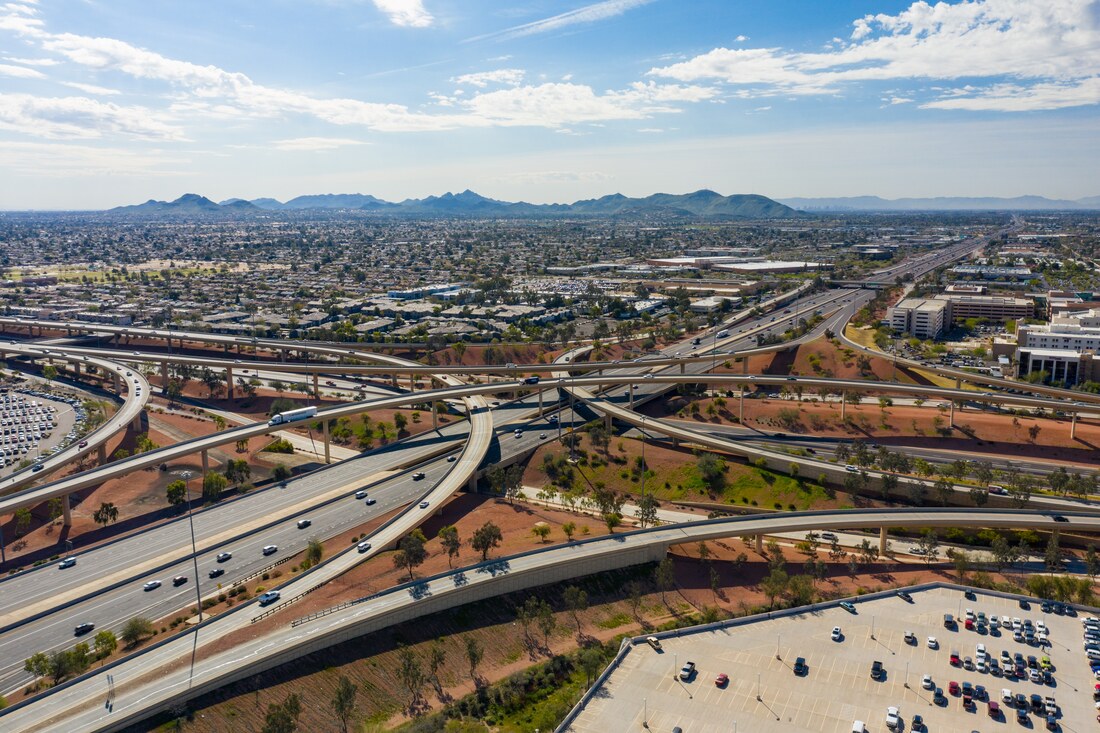
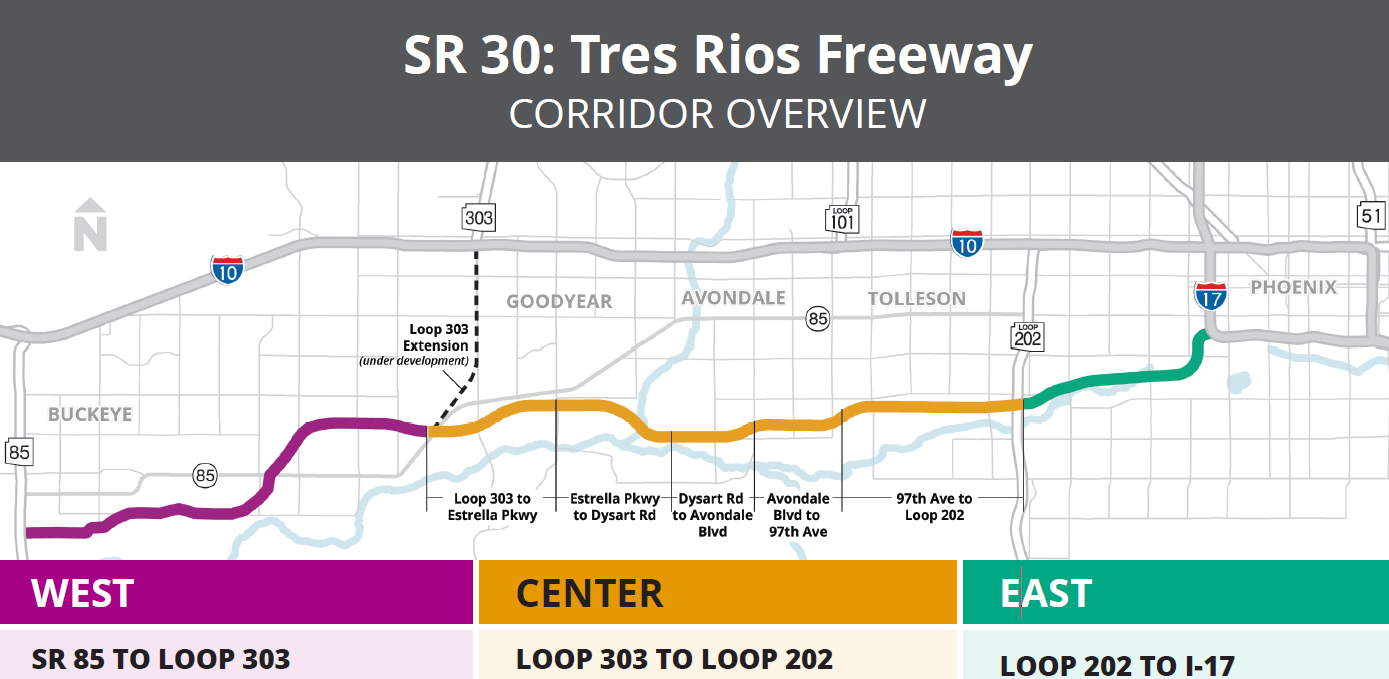
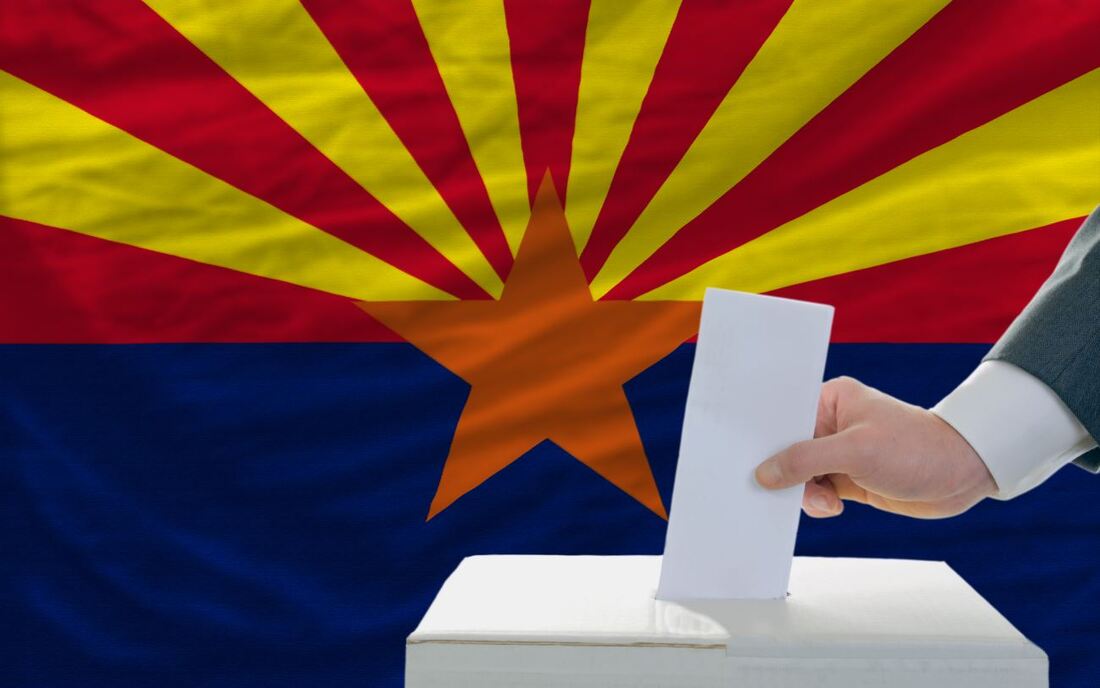
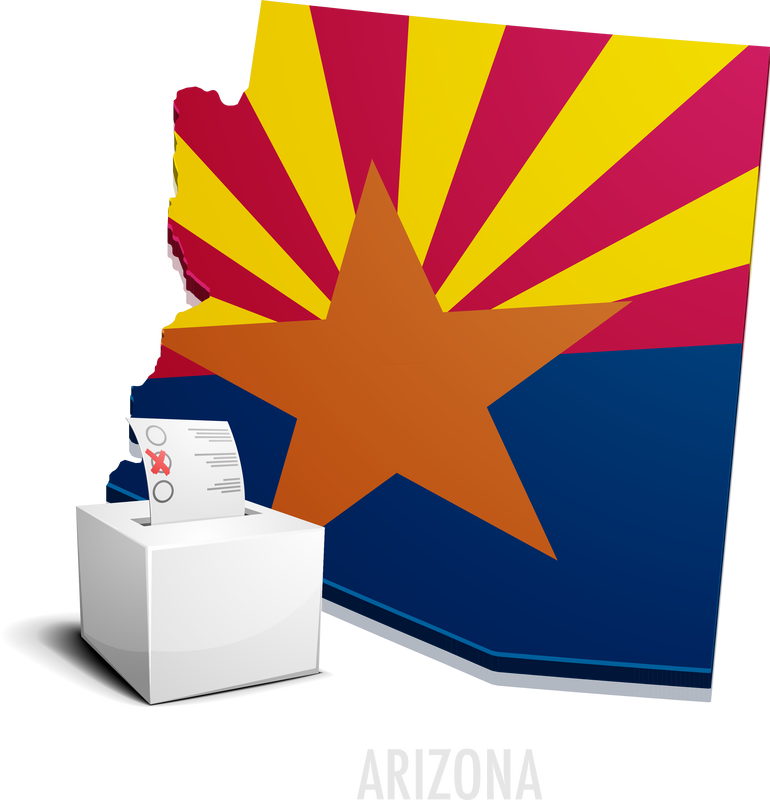
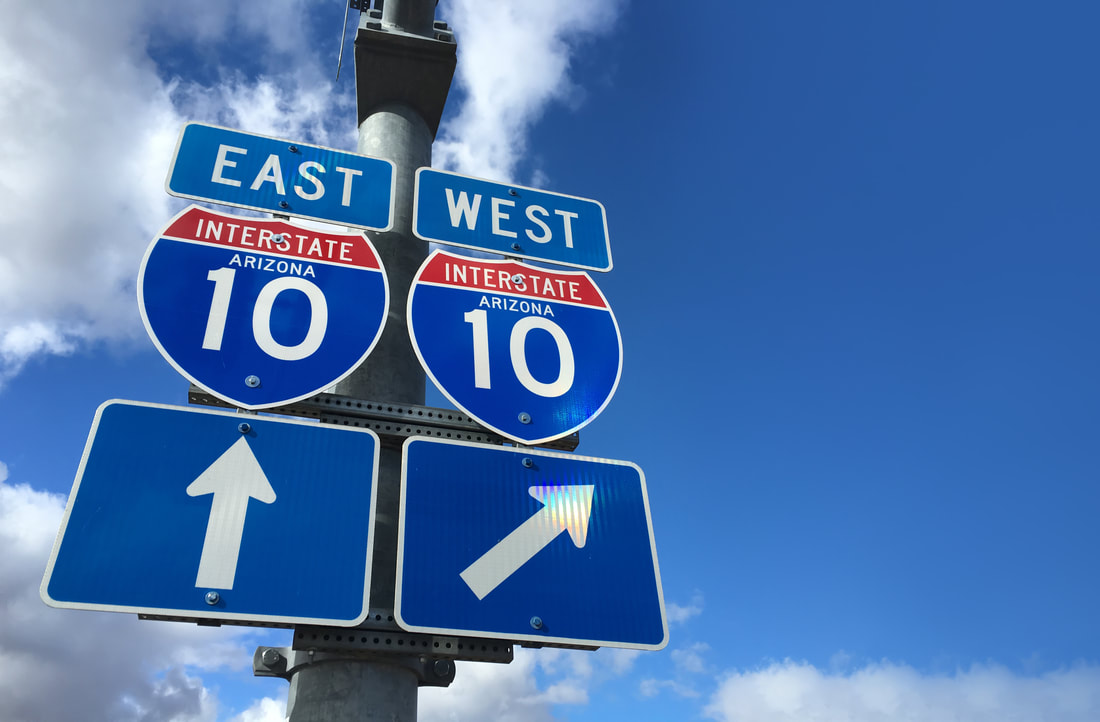
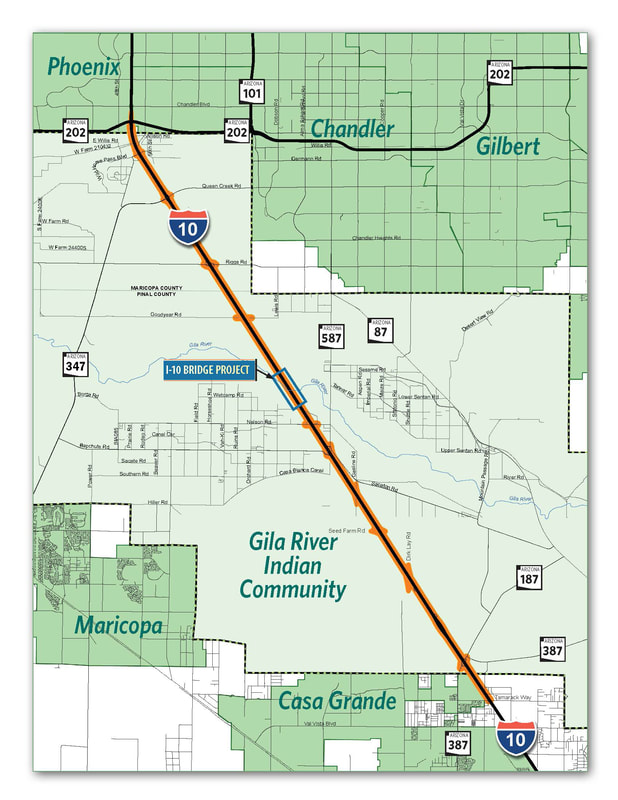
 RSS Feed
RSS Feed